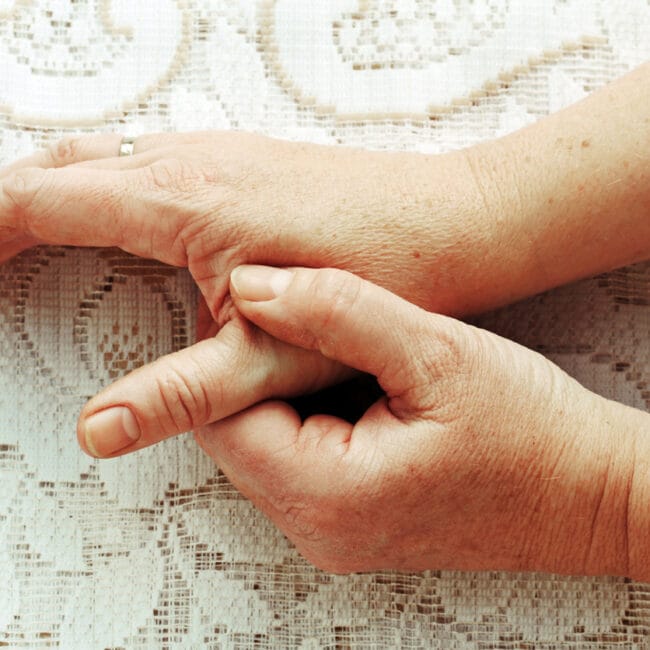
When most people think of physiotherapy, they think of rehabilitative therapy. Although physiotherapy is often used as part of a recovery plan, this is not always the case. A growing number of athletes are using techniques from physiotherapy as a way to prevent sustaining injuries in the first place.
Daily Warm Ups
Warm ups are usually done just before a person engages in their physical activity. This will increase their flexibility and circulation, making them much less likely to sustain an injury. But why stop there? When recovering from an injury, most physiotherapists will have a number of stretches or exercises that you are to do everyday. In the case of pulled muscles for example, doing stretches everyday will gently stretch the muscle and bring back its elasticity, without giving it enough time to contract and seize up again.
The same theory can be applied to healthy muscles. Whether you are going to engage in physical activity that day or not, doing daily stretches will gradually lengthen your muscles and increase your abilities, just like lifting weights. This increased range of motion, flexibility, and circulation will make you much less likely to sustain an injury in the first place, preventing you from being taken out of action for recovery.
Training Everyday
So, if doing light exercises like stretches every day improves your performance and durability, why not just train everyday? Well it is estimated that about half of all sports-related injuries are overuse injuries. Overuse injuries occur when the same body part is used in the same way over and over, with little or no variation. The type and prevalence of overuse injuries can vary wildly from sport to sport. For example, 63% of swimming injuries are overuse injuries, and many of these occur in the shoulder as swimmers repeatedly practice the same stroke over and over.
The activities you do in your workout will vary depending on what you play and what you are hoping to achieve, but the theory remains the same across all sorts of physical activity: if you don’t add some variation, you will be more susceptible to injury. Not only is this because you are using some parts of your body too much, but also because that means the other body parts will be weaker and less well-trained by comparison. Identifying the areas you neglect and working on these, while still allowing yourself some downtime to recover, is a crucial step in preventing future injuries.
Other techniques used by physiotherapists, such as heat/ice pads, massages, cupping, can also be used to nurture your muscles, improve circulation, and loosen up and problem or neglected areas. In truth, people underestimate how much they can learn from physiotherapy, usually until they need it. So rather than wait until it’s too late, look around you and look at the problems faced by your teammates, or by other athletes in your field. Find out what the most common injuries facing you are, and then you will be able to use physiotherapy to prevent them.










